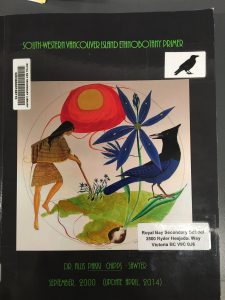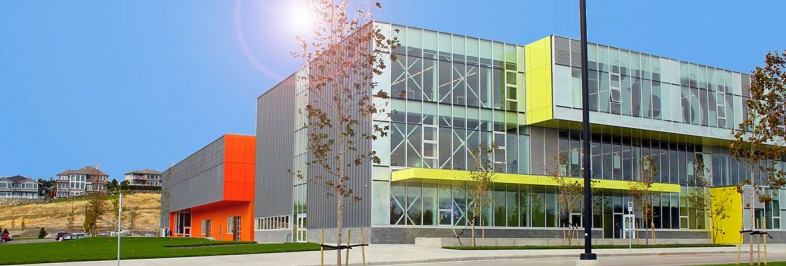We thought it appropriate that we submit our final report in the form of film. This, in 1 min 30 sec, represents our journey.
Enjoy….
A huge thank you to SET-BC for providing Royal Bay Secondary with the opportunity to participate in the 2018-2019 Place-Based Synergy Project.
i. Description of the project – Food from Our Place was a collaborative partnership between Tanya Phillips (Teacher Librarian), Robin Ruff (Food Economics Teacher), with support from our Aboriginal Support Teacher (Lindsay Lockhart) and our Media Design Teacher (Jay Larson). We had four Senior Food Studies classes work through this inquiry (2 each semester). This was a blended model where the students cooked one week and worked on their inquiry project the alternating week for the entire semester. Students explored food topics, reached out to community farms, interviewed, collected footage, researched, and created a film to tell their story.
Our goals:
1: Engage students with food produced from this place.
2: Connect with community
Our anticipated outcomes, were to create community partnerships, and have students engage in an inquiry around a topic that they were interested in, and create a film that told their story.
ii. The following is a synopsis of things we considered as the project proceeded:
- Clear guidelines, including timelines, prior to starting the project.
- Team building and scaffold skills for designating roles for each team member. This would be to encourage equitable work loads and an opportunity for each team member to participate in all aspects of each project.
- Use the project as a vehicle for fostering the Curricular Competencies (design thinking) and Core Competencies.
- Provide opportunities for developing technical skills required for editing and capturing footage. We did this in the form of short lessons called “Tech Talks”.
iii. A description of the main challenges:
KEEPING STUDENTS ON TASK! Once we got to the editing part, we found it difficult to keep all students in the group engaged as editing is often a one person job. This left the other (2-4) students in the group unengaged and on their phones. To overcome this, we had some of these students work on the planning of the Food and Film Fest, but still struggled with engagement once we got to this point in the project (and school year).
SOUND for the films was another big challenge. If we were to do this project again, I would look at a way to get some more advanced microphones to capture better sound quality.
iv. A description of the main successes of the project and what was achieved overall:
The culminating event, The Film and Food Fest has a huge success and allowed all stakeholders to share and celebrate the learning that had occurred during the project. It was a perfect way to blend the films and prepare and serve the foods that they had learned about during the project. I can’t stress enough the value of the preparation and act of presenting to an authentic audience.
v. Any recommendations or advice:
Being on a semestered system, we were fortunate to be able to go through this whole process twice. The second semester projects were of higher quality as a result of knowing the importance of keeping a fairly rigid timeline, spending more time teaching some film editing skills and strategies when collecting footage, including capturing the best sound. Our recommendation is to be sure to do the project a second time. Additionally, Robin and I were able to enjoy the process more the second time as we were more comfortable with the whole process and were able to adjust the project, based on what we learned from the first semester. And, as our film demonstrated – just jump into inquiry; you will be happy that you did!





